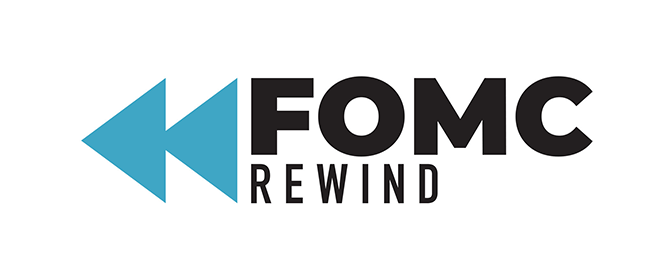The Federal Open Market Committee (FOMC) raised the target range for its short-term policy rate, the federal funds rate, 0.75 percentage points at its November meeting.
In its meeting statement, the FOMC said it anticipates ongoing increases in the target range to attain a stance of monetary policy that is sufficiently restrictive to return inflation to 2 percent over time. It also said the pace of future increases will be determined by taking into account the cumulative tightening of monetary policy, the lags with which monetary policy affects economic activity and inflation, and economic and financial developments.
The policy statement reiterated that inflation remains elevated, reflecting supply and demand imbalances related to the pandemic, higher food and energy prices, and broader price pressures. It said Russia’s war against Ukraine and related events are creating additional upward pressure on inflation and are weighing on global economic activity. The policy statement also reaffirmed that the FOMC is highly attentive to inflation risks and strongly committed to returning inflation to its 2 percent objective.
In addition to raising the policy rate, the FOMC said it will continue reducing its holdings of Treasury securities, agency debt, and agency mortgage-backed securities as described in the Plans for Reducing the Size of the Federal Reserve’s Balance Sheet.
The FOMC also said it will continue to monitor a wide range of incoming information to assess the appropriate stance of monetary policy, including readings on public health, labor market conditions, inflation pressures and inflation expectations, and financial and international developments.
What does this mean for you? Let’s rewind.
November 2022 FOMC Rewind
Quick explainer for the November 2022 FOMC decision (video, 1:05 minutes).
Transcript
Curtis: Hey Zinnia!
Curtis: I saw the Fed raised rates again, why are they going up so fast?
Zinnia: Rates were low for a while, so the Fed’s quickly getting them into a restrictive range to help bring inflation down.
Curtis: Restrictive range?
Zinnia: High enough to slow demand and reduce inflation.
Curtis: Will that hurt the economy?
Zinnia: Well, the goal is to bring demand more in line with supply but avoid a sharp downturn.
Zinnia: The main problem is inflation is far too high and that’s hurting the economy right now.
Curtis: Ah, I get it! So the Fed’s tackling inflation to help the economy?
Zinnia: Yes, exactly! We need low inflation to support a growing economy that works for everyone.
Curtis: Will rates keep going up?
Zinnia: Probably, but maybe at a slower pace, depending on what the data look like.
Zinnia: The Fed’s watching the effects on the economy and inflation, and those effects take time to happen.
Curtis: Good to know – thanks for the insight!
Zinnia: Any time!
You may also be interested in:
The views expressed here do not necessarily reflect the views of the management of the Federal Reserve Bank of San Francisco or of the Board of Governors of the Federal Reserve System.
